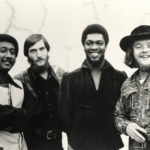The Innovators: Stax Artist Spotlights
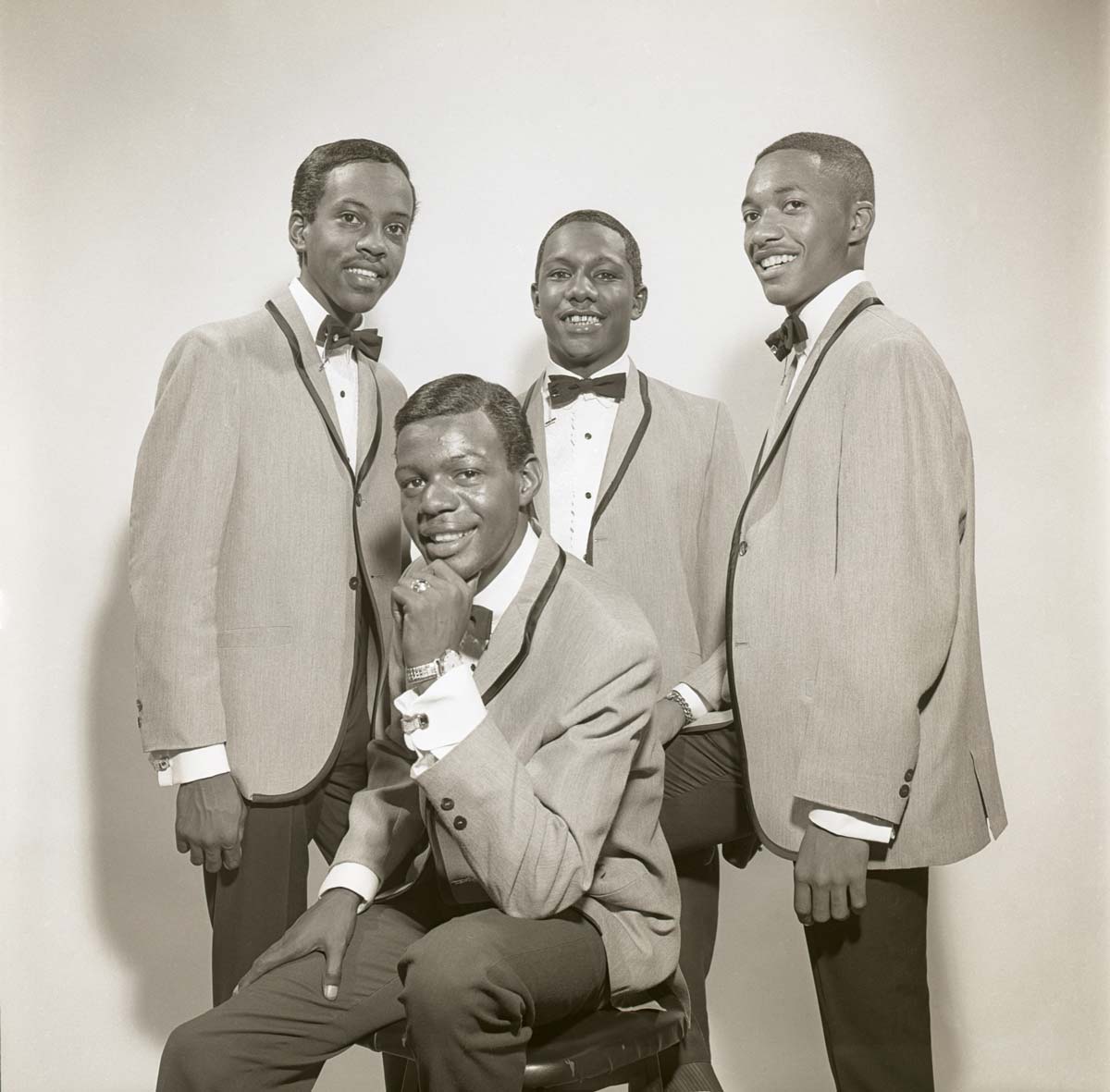
The Mad Lads
Though it may not have been readily apparent to the average soul consumer of their day, The Mad Lads’ repertoire took a deliberate sonic detour from the mainline soul offerings thought to represent Stax’s signature “Memphis sound.” Widely associated with a sweeter, softer sound, more often associated with Northern U.S. sensibilities of the time, the group’s sound would have been a dead ringer for the stylings of numerous vocal groups of Detroit, Philly, or Washington, D.C., which followed the popularity of doo-wop. Nevertheless, the group’s origins begin as many of Stax Records’ early contributors would, in the halls of nearby Booker T. Washington High School. Although, group members purport that their initial meeting wasn’t exactly upon ideal circumstances: The core members made acquaintances during a childhood scuffle.
When the dust apparently settled, the four young men who’d emerge as group mates were lead singer John Gary Williams, Julius Green, William Brown, and Robert Phillips. Stepping out to perform under the name The Emeralds, the boys made their way from the schoolhouse to the halls of Stax Records through William Brown, who took up an after-school gig as a clerk at the record shop adjoining the burgeoning soul studio. Following the opportunity to audition, Stax performer, songwriter, and communications department staffer Deanie Parker suggested the group undergo a name change. She landed on The Mad Lads, referencing the group member’s rambunctious behavior. The name’s dual meaning also served as a veiled tribute to local disc jockey Reuben “Mad Lad” Washington, who had affixed himself as an ally to the Stax/Volt family, routinely keeping many of their artists’ singles in heavy rotation. In 1964, Stax Records co-owner Estelle Axton assigned the group to record their first single, a teeny-bopping tune called “Sidewalk Surf,” meant to manufacture a dance craze. The track failed to connect with an audience.
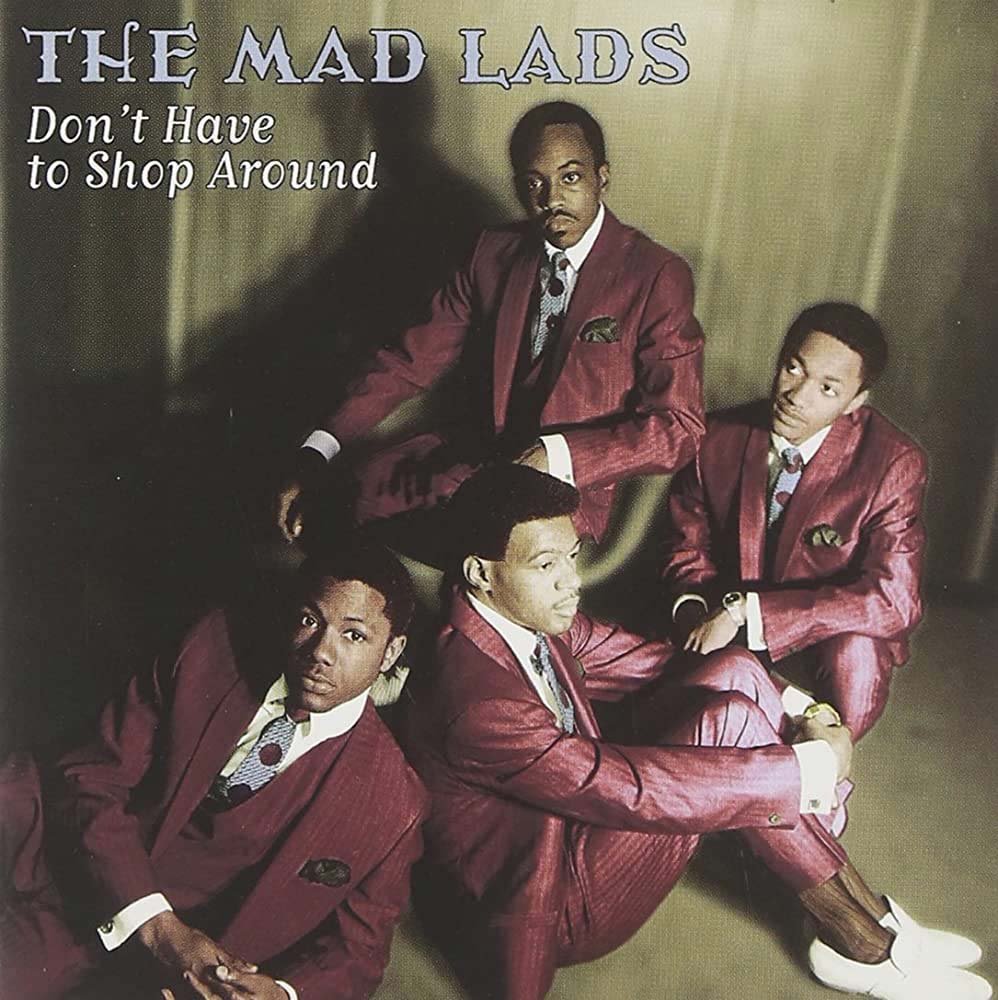
The Single “Don’t Have to Shop Around
In 1965, The Mad Lads followed up with a new single, “Don’t Have to Shop Around,” switching from Stax to try their fortunes on the Volt imprint. This time, audiences responded positively, pushing the single to No.11 on the Billboard R&B chart and No.93 on the pop singles chart. “I Want Someone,” a single co-written by Parker and Axton, prompted further success, reaching No.10 on the R&B chart and No.74 on the pop chart. As The Mad Lads moved into 1966, their debut LP In Action reached No.17 on R&B album chart.
That year, the group would find its last gasps of commercial success in its first iteration, as “I Want a Girl” reached No.16 and “Patch My Heart” hit No41. The high times would soon halt, when both William Brown and John Gary Williams would be drafted into the military. In their absence, the group would welcome Sam Nelson and Quincy Billops, Jr., to appear with the group during on-stage performances. Coordinating studio dates around their military leave, Williams and Brown continued to join the band in the studio, when they were available.
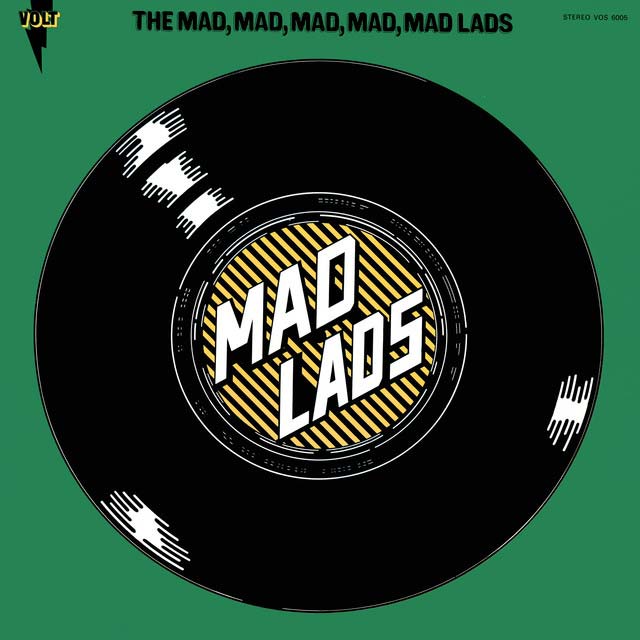
Album cover for “THE MAD, MAD, MAD, MAD, MAD, LADS
Once both men completed their military service, both sought a return to The Mad Lads. While the remaining members welcomed William Brown, they expressed disinterest in continuing with John Gary Williams as lead singer. It was only after Stax founder Jim Stewart intervened that the group brought Williams back into their fold. The reformed The Mad Lads got reacquainted with the R&B charts in 1968 with “So Nice,” which landed at No.35. The next year, their rendition of “By the Time I Get to Phoenix” reached No.28 on the U.S. R&B chart and No.84 on the Billboard Hot 100. In 1969, the group released a second full-length album, The Mad, Mad, Mad, Mad, Mad Lads.
Their successes wouldn’t be enough to keep their momentum rolling, however. As the group began to devolve into an effective hiatus, John Gary Williams entered another forced absence from the group, due to legal troubles. Though he maintained his innocence until his death in 2019, the singer, at the time closely affiliated with Black Power group The Invaders was accused and convicted of assault and intent to commit voluntary manslaughter in a shooting incident. He served two years for the crime.
In the interim, William Brown’s influence on the Stax Record company encompassed a prominent role as studio engineer. As the 1970s began, Brown went to work with virtually everyone on the label’s growing roster, either in-session or during post-production as a remix engineer.
When John Gary Williams returned home from incarceration, The Mad Lads returned to the studio for a string of singles that resulted in their third LP, the aptly titled A New Beginning. The album, while unable to garner any hits, is characterized by its very mature, and sometimes moody, soundscapes. The apparent change, aside from the input of aging group members, was fostered in part by the direction of producer and arranger Dale Warren.
Though he may have once been the odd-man-out, as his fellow group mates looked to move forward without him, Williams became the first of The Mad Lads to step out on his own as a solo performer on the label. In 1973, Stax Records released his self-titled debut LP, led by the single “The Whole Damn World Is Going Crazy.”
Though the group intended to complete and release another album prior to the closure of Stax in 1975, they were unable. They would, however, release a final LP under a short-lived revival of the Volt Records brand in 1990, with their polished production “Madder Than Ever,” complete with a new, synthesized sound. The album also boasted new members, Freddie Durham, William Rogan, and John Gary Williams’ brother, Richard Williams.
The Innovators: Stax Artist Spotlights ARCHIVE
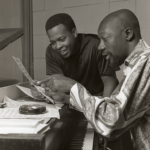
Stax Records — After 1975
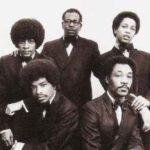
Ollie & The Nightingales
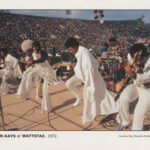
The Bar-Kays
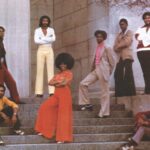
24-Carat Black

The Temprees
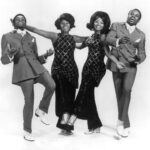
The Soul Children

The Mar-Keys
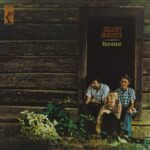
Delaney & Bonnie
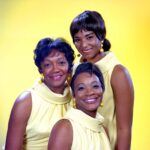
Stax Groups – The Astors, Jeanne & The Darlings & the Charmels
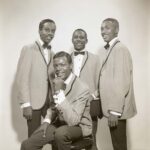
The Mad Lads
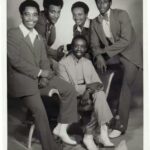
The Dramatics
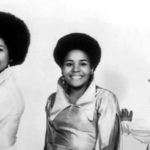
The Emotions

Johnnie Taylor
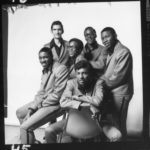
The Bar-Kays
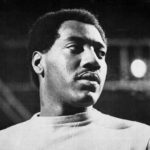
Otis Redding
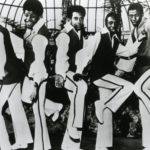
The Dramatics
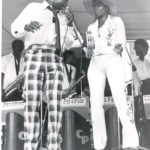
RUFUS & CARLA THOMAS
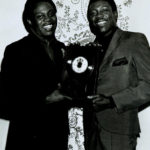
Sam & Dave
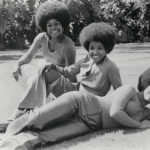
The Emotions
